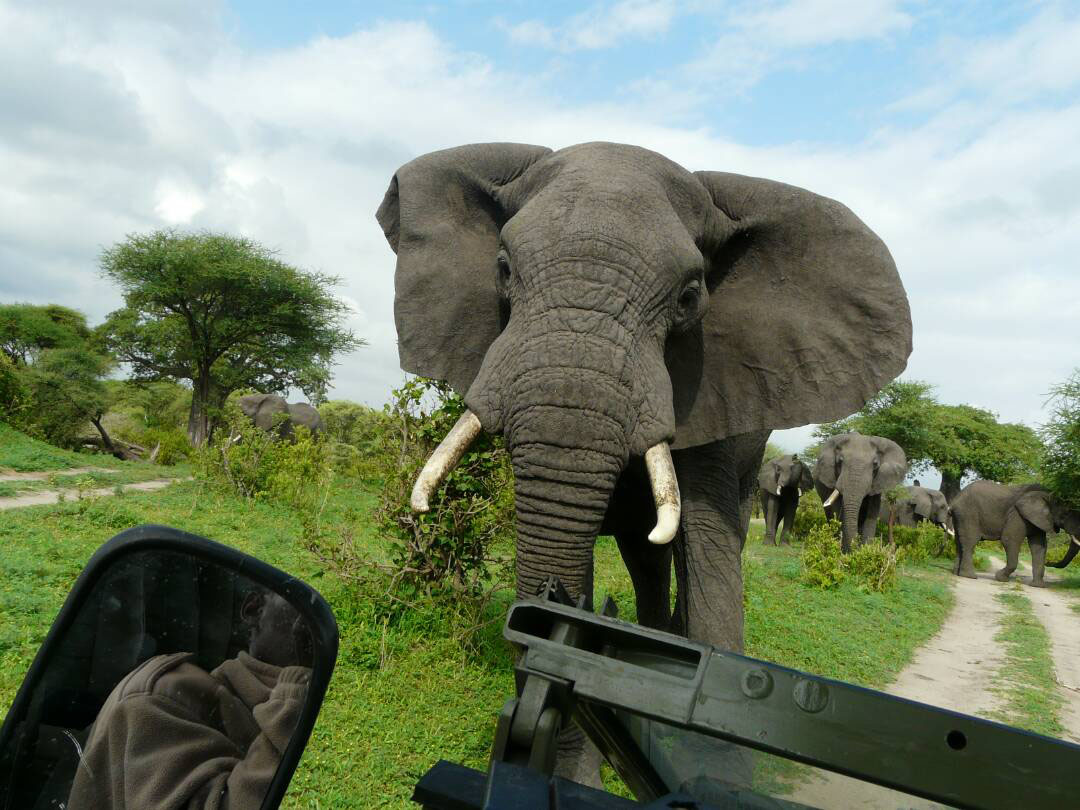Ernest Hemmingway called Manyara the loveliest lake he had seen in Africa. And he might have been right. Stretched out at the base of the mighty Rift Valley escarpment, with shorelines colored pink by thousands of flamingos and great game viewing in a small area, it is a true African gem indeed.
Locked in between the Rift Valley Escarpment, Lake Manyara, the village of Mto wa Mbu and several farms, the 30% land area of Lake Manyara National Park is an exceptional jewel. It is part of the expansive Maasai ecosystem and a corridor for the great migration of huge herds of mammals towards the north and the south. Lake Manyara is highly alkaline and shallow, without any outgoing rivers. Even in the rainiest month, April, depth doesn’t reach more than 2,5 metres, almost dropping to zero in the dry season. From the top of the Rift Wall the natural Marang forest towers above you. Here you might encounter big-tusked elephants on their quest for food and water. Manyara is also home to another forest: an evergreen, jungle-like area full of monkeys enjoying the many, remarkably high trees.
The most dominant of them all is the spectacular sycamore fig, hardly to be missed thanks to its creamy yellow and brown bark. Other stunning specimens typical for Lake Manyara National Park are the huge baobabs that you will find all over the Rift Wall. The lushness of the forest derives from groundwater seeping down from the extinct Ngorongoro volcano. This underground life artery can be experienced directly in the hot springs in the south of the park where sulphurous water bubbles out, steaming hot to the touch. The park is a corridor for the great migration of huge herds of mammals towards the north and the south.


